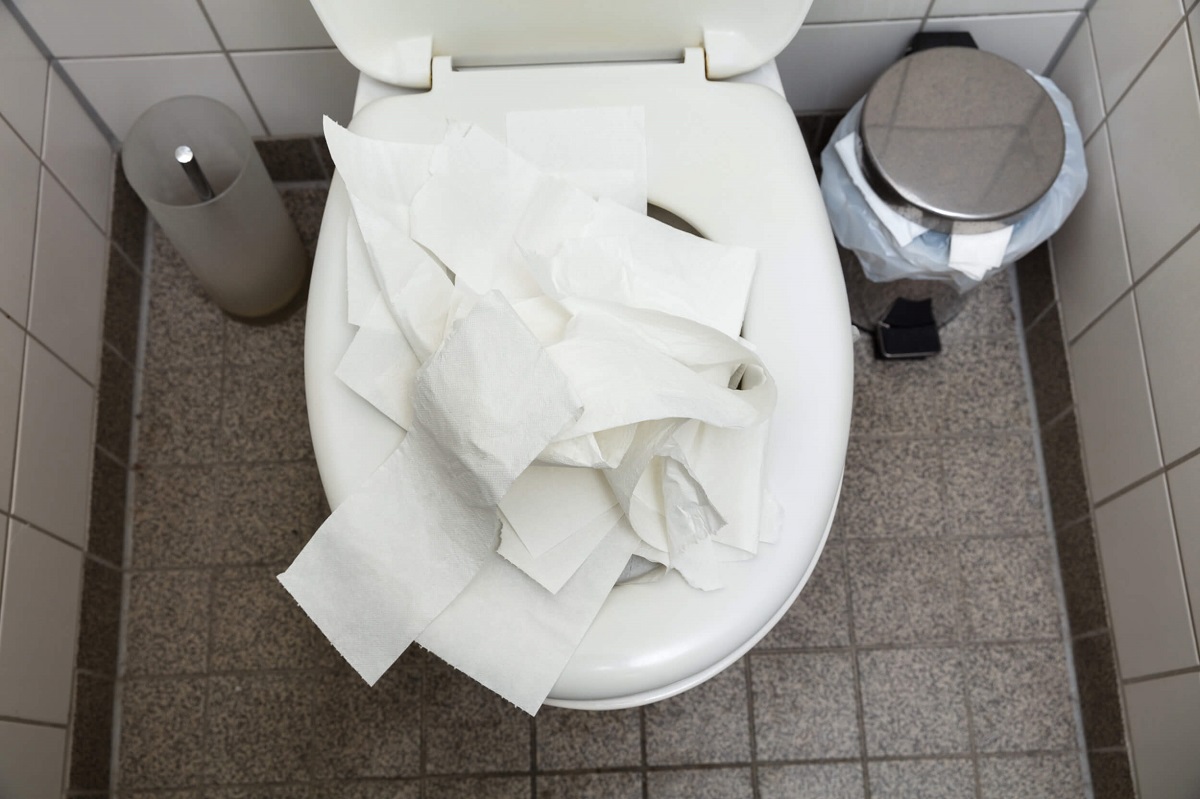

Articles
What Dissolves Toilet Paper
Modified: October 20, 2024
Discover effective methods and solutions on how to dissolve toilet paper with these informative articles.
(Many of the links in this article redirect to a specific reviewed product. Your purchase of these products through affiliate links helps to generate commission for Storables.com, at no extra cost. Learn more)
Introduction
Toilet paper is an integral part of our daily lives, serving as an essential hygiene product. However, there may be occasions when toilet paper gets stuck in the toilet or plumbing system, causing blockages and discomfort. In such situations, it becomes necessary to find a solution to dissolve the toilet paper effectively.
Understanding the composition of toilet paper and the substances that can dissolve it is crucial for effectively dealing with such issues. In this article, we will explore the common substances that can dissolve toilet paper and provide some recommendations on their usage.
Before we dive into the specifics, it’s essential to clarify the composition of toilet paper. Toilet paper is primarily made of cellulose fibers derived from wood pulp. These fibers are interwoven to form a soft and absorbent material. The majority of toilet papers also include small amounts of chemicals to enhance their strength and absorbency.
Now, let’s explore the common substances that can dissolve toilet paper and discuss how they work.
Key Takeaways:
- Keep it simple: Water is the go-to solution for dissolving toilet paper blockages. It’s safe, effective, and readily available in every household, making it the first line of defense against pesky clogs.
- Caution is key: While substances like vinegar, citric acid, and hydrogen peroxide can dissolve toilet paper, it’s crucial to handle them with care. Always follow safety guidelines, avoid mixing chemicals, and consider professional help for stubborn blockages.
Read more: What Is A Toilet Paper Holder
Understanding Toilet Paper Composition
Toilet paper is a delicate and absorbent material composed primarily of cellulose fibers derived from wood pulp. These fibers are responsible for its softness and strength. The cellulose fibers in toilet paper are typically extracted from various tree species, such as spruce, pine, or bamboo.
In addition to cellulose fibers, toilet paper may contain other additives to enhance its performance. These additives can include binders, wet strength resins, and softeners. Binders help hold the cellulose fibers together during the manufacturing process, ensuring the toilet paper maintains its shape. Wet strength resins strengthen the toilet paper when wet, preventing it from disintegrating in water. Softeners provide a smoother texture and increase the overall comfort of the toilet paper.
The manufacturing process of toilet paper involves several steps, including pulping, formation, pressing, drying, and winding. During the pulping stage, the wood chips are broken down into a pulp using chemical or mechanical methods. The pulp is then cleaned and refined to remove impurities and create a uniform fiber suspension.
In the formation stage, the fiber suspension is poured onto a wire mesh screen, and the water is drained out. This process helps align the cellulose fibers and form a thin, continuous sheet. The sheet is then pressed to remove excess water and improve the density of the paper. After pressing, the paper is dried through hot air or heated drums to further reduce moisture content. Finally, the dried paper is wound into large rolls, ready for cutting and packaging.
The composition and manufacturing process of toilet paper contribute to its functionality and performance. The softness and strength of toilet paper are essential factors for providing comfort and preventing tearing or disintegration during use. Understanding the composition of toilet paper enables us to identify suitable substances that can dissolve it effectively.
Now that we have a better understanding of toilet paper composition, let’s explore the common substances that can dissolve toilet paper and their effectiveness.
Common Substances that Dissolve Toilet Paper
When it comes to dissolving toilet paper, certain substances can be effective in breaking down the cellulose fibers. Here are some commonly used substances for this purpose:
- Water: The most readily available and widely used substance for dissolving toilet paper is plain water. When toilet paper comes into contact with water, it begins to break down and disintegrate. Flushing the toilet repeatedly with water can help break up and remove the dissolved toilet paper.
- Vinegar: Vinegar is a household staple known for its cleaning properties. It is also effective in dissolving toilet paper. To use vinegar, pour a generous amount into the toilet bowl and let it sit for a few hours or overnight. The acidic nature of vinegar helps break down the cellulose fibers, making it easier to flush away the dissolved toilet paper.
- Citric Acid: Citric acid, commonly found in lemons and citrus fruits, is another effective substance for dissolving toilet paper. Similar to vinegar, citric acid works by breaking down the fibers. You can either squeeze fresh lemon juice or use citric acid powder. Allow it to sit in the toilet bowl for a while before flushing.
- Bleach: Bleach is a powerful disinfectant and cleaner that can also dissolve toilet paper. However, bleach should be used with caution and in a well-ventilated area. Mix a small amount of bleach with water and pour it into the toilet bowl. Let it sit for a while to break down the toilet paper, and then flush several times to ensure thorough removal.
- Ammonia: Ammonia is another option for dissolving toilet paper. However, like bleach, it should be used with caution. Mix a small amount of ammonia with water and pour it into the toilet bowl. Allow it to sit for a few hours, agitate the water with a toilet brush to help break down the toilet paper, and then flush several times to remove the dissolved paper.
- Hydrogen Peroxide: Hydrogen peroxide is a mild disinfectant that can also aid in dissolving toilet paper. Pour a small amount of hydrogen peroxide into the toilet bowl and let it sit for a while. The peroxide will break down the toilet paper, making it easier to flush away.
- Drain Cleaners: In cases where toilet paper blockages are severe, commercial drain cleaners can be used as a last resort. These products contain powerful chemicals that can dissolve toilet paper and other organic matter. However, they should be used sparingly and strictly according to the manufacturer’s instructions, as misuse can cause damage to plumbing systems.
It’s important to note that when using any of these substances, caution should be exercised, and proper safety measures should be followed. Always wear gloves, ensure good ventilation, and avoid mixing different substances, as it can lead to hazardous reactions.
It’s also worth mentioning that these substances may not dissolve toilet paper instantly. Depending on the thickness and amount of toilet paper, it may take some time and multiple flushes to completely remove the dissolved paper.
Now that we’ve explored the common substances that can dissolve toilet paper, let’s discuss some precautions and recommendations for their usage.
Water
Water is the most readily available and commonly used substance for dissolving toilet paper. When toilet paper comes into contact with water, it begins to break down and disintegrate. Flushing the toilet repeatedly with water can help break up and remove the dissolved toilet paper.
Using water to dissolve toilet paper is a simple and effective method. Here are a few steps to follow:
- First, ensure that there is enough water in the toilet bowl. If necessary, add some additional water using a bucket.
- Allow the water to sit in the bowl for a few minutes to soften the toilet paper.
- Flush the toilet with a strong and continuous flow of water. Repeat the flushing process multiple times if needed.
- If the toilet paper is still not completely dissolved, you can use a toilet brush to agitate the water and help break down the remaining paper fibers.
- Continue flushing the toilet until all the dissolved toilet paper is flushed away.
It’s important to note that using hot water can help speed up the dissolving process. However, avoid using boiling water, as it can damage the porcelain of the toilet bowl.
Water is a safe and eco-friendly option for dissolving toilet paper. It poses no harm to the plumbing system and is readily accessible in every household. However, in cases of severe blockages or if the toilet paper does not dissolve completely with water alone, you may need to consider using additional substances or methods.
Now that we’ve discussed using water to dissolve toilet paper, let’s move on to exploring another common substance – vinegar.
Vinegar
Vinegar is a common household product known for its cleaning properties. It is also an effective substance for dissolving toilet paper. Vinegar contains acetic acid, which helps break down the cellulose fibers in toilet paper, making it easier to flush away.
Using vinegar to dissolve toilet paper is a simple process. Here’s how you can do it:
- Pour a generous amount of vinegar into the toilet bowl, making sure to coat the sides and the water surface.
- Allow the vinegar to sit in the toilet bowl for a few hours or overnight. During this time, the acetic acid in the vinegar will work to break down the toilet paper.
- After the vinegar has had time to work, flush the toilet several times to remove the dissolved toilet paper.
- If necessary, you can use a toilet brush to gently agitate the water and help break down any remaining toilet paper fibers.
- Continue flushing the toilet until all the dissolved toilet paper is completely flushed away.
It’s important to note that vinegar has a strong odor, so ensuring proper ventilation while using it is recommended. Additionally, when using vinegar, it’s essential to avoid mixing it with other cleaning products, as it can create harmful fumes or reactions.
Vinegar is a natural and environment-friendly option for dissolving toilet paper. It is also readily available in most households. However, if vinegar alone does not completely dissolve the toilet paper or if the blockage persists, you may need to try other methods or substances.
Now that we’ve explored using vinegar to dissolve toilet paper, let’s move on to discussing another substance – citric acid.
Read more: What Year Was Toilet Paper Invented
Citric Acid
Citric acid, commonly found in lemons and other citrus fruits, is another effective substance for dissolving toilet paper. The acidic properties of citric acid help break down the cellulose fibers, making it easier to flush away the dissolved toilet paper.
Using citric acid to dissolve toilet paper is a straightforward process. Here’s how you can do it:
- Extract the juice from fresh lemons or obtain citric acid powder, which is available at most grocery stores.
- Pour a generous amount of lemon juice or dissolve a few tablespoons of citric acid powder in the toilet bowl.
- Allow the citric acid to sit in the toilet bowl for some time, preferably overnight, to allow it to break down the toilet paper.
- After the designated time, flush the toilet several times to remove the dissolved toilet paper.
- If necessary, use a toilet brush to agitate the water and help break down any remaining toilet paper fibers.
- Continue flushing the toilet until all the dissolved toilet paper is completely flushed away.
It’s important to note that citric acid may cause some discoloration in the toilet bowl due to its acidic nature. However, this can be easily cleaned afterward using a toilet brush and standard toilet cleaning products.
Citric acid is a natural and safe option for dissolving toilet paper. It is widely available and can be a suitable alternative to vinegar or other chemical-based substances. However, if the toilet paper blockage persists or is particularly severe, it may be necessary to consider other methods or stronger substances.
Now that we’ve discussed using citric acid to dissolve toilet paper, let’s move on to exploring another common substance – bleach.
Use a toilet brush to break up and agitate the toilet paper, then pour hot water and a small amount of dish soap into the bowl. Let it sit for a few minutes before flushing.
Bleach
Bleach is a powerful cleaning agent that can also be effective in dissolving toilet paper. It contains chemicals that break down organic matter, including cellulose fibers found in toilet paper.
When using bleach to dissolve toilet paper, it’s important to exercise caution and follow safety guidelines. Here’s how you can use bleach effectively:
- Ensure proper ventilation in the bathroom by opening windows or using a fan. Bleach can produce strong fumes, so it’s important to have adequate airflow.
- In a well-ventilated space, mix a small amount of bleach with water in a bucket. The ratio of bleach to water will depend on the severity of the toilet paper blockage.
- Pour the diluted bleach mixture into the toilet bowl, making sure to coat the entire surface. Let it sit for a while, allowing the bleach to break down the toilet paper.
- After a designated time, flush the toilet several times to remove the dissolved toilet paper.
- To ensure all traces of bleach are eliminated, flush the toilet a few more times with clean water.
It’s important to remember that bleach is a strong chemical and should be handled with care. It should not be mixed with other cleaning products, including ammonia or vinegar, as it can produce hazardous fumes.
Furthermore, the use of bleach should be avoided in septic systems, as it can harm the delicate balance of the bacterial ecosystem. If you have a septic system, it’s best to explore alternative methods for dissolving toilet paper.
While bleach can be effective in dissolving toilet paper, it’s important to use it sparingly and strictly follow the manufacturer’s instructions. Improper use of bleach can cause damage to the plumbing system or harm to oneself.
Now that we’ve explored using bleach as a substance to dissolve toilet paper, let’s move on to discussing another option – ammonia.
Ammonia
Ammonia is another substance that can be used to dissolve toilet paper. It is a strong alkaline chemical that can break down organic matter, including the cellulose fibers in toilet paper.
When using ammonia to dissolve toilet paper, it’s essential to take proper precautions. Here’s how you can use ammonia effectively:
- Ensure proper ventilation in the bathroom by opening windows or using a fan. Ammonia can produce strong fumes, so it’s important to have adequate airflow.
- In a well-ventilated space, mix a small amount of ammonia with water in a bucket. The ratio of ammonia to water will depend on the severity of the toilet paper blockage.
- Pour the diluted ammonia mixture into the toilet bowl, ensuring it coats the entire surface. Allow it to sit for a few hours, allowing the ammonia to break down the toilet paper.
- After the designated time, flush the toilet several times to remove the dissolved toilet paper.
- To ensure all traces of ammonia are eliminated, flush the toilet a few more times with clean water.
It’s important to note that ammonia should never be mixed with bleach or any other cleaning products, as it can produce toxic fumes. Always handle ammonia with caution and follow the manufacturer’s instructions for proper usage.
Remember, ammonia is a strong chemical and should be used sparingly. It is recommended to avoid using ammonia in homes with septic systems, as it can disrupt the natural balance of bacteria within the system.
Using ammonia as a substance to dissolve toilet paper is effective, but proper safety measures should be observed. Follow the guidelines mentioned above and ensure you are in a well-ventilated area while using ammonia.
Now that we’ve examined using ammonia to dissolve toilet paper, let’s move on to discussing another option – hydrogen peroxide.
Hydrogen Peroxide
Hydrogen peroxide is a mild disinfectant and cleaner that can also aid in dissolving toilet paper. It is a chemical compound composed of hydrogen and oxygen atoms, and it is commonly used for various cleaning and sanitization purposes.
When using hydrogen peroxide to dissolve toilet paper, follow these steps:
- Pour a small amount of hydrogen peroxide into the toilet bowl, ensuring that it comes into contact with the toilet paper.
- Allow the hydrogen peroxide to sit in the toilet bowl for a while, giving it time to break down the fibers of the toilet paper. The duration will depend on the severity of the blockage.
- After the designated time, flush the toilet several times to remove the dissolved toilet paper.
- If there are any remaining toilet paper fibers, use a toilet brush to agitate the water and facilitate their dissolution.
- Continue flushing the toilet until all the dissolved toilet paper is completely flushed away.
It’s important to note that hydrogen peroxide is a mild chemical, and it is generally safe to use. However, it is always recommended to handle it with care and follow the instructions on the packaging.
Hydrogen peroxide is a suitable alternative for dissolving toilet paper, particularly if you prefer a less harsh chemical option. It is readily available in most households or easily found in stores.
Now that we’ve discussed using hydrogen peroxide to dissolve toilet paper, let’s move on to exploring another option – drain cleaners.
Read more: What Happened To Colored Toilet Paper
Drain Cleaners
In cases where toilet paper blockages are severe or none of the previous methods have been successful, commercial drain cleaners can be used as a last resort. These products contain powerful chemicals specifically designed to dissolve organic matter, including toilet paper.
It’s important to note that drain cleaners should be used with caution and strictly follow the manufacturer’s instructions. Here’s how you can use drain cleaners effectively:
- Put on protective gloves and ensure proper ventilation in the bathroom. Open windows or use a fan to allow for adequate airflow.
- Read and follow the instructions provided by the manufacturer on the drain cleaner bottle. Different brands and types of drain cleaners may have varying application methods.
- Pour the recommended amount of drain cleaner into the toilet bowl, ensuring it is evenly distributed throughout the water.
- Allow the drain cleaner to sit in the toilet bowl for the specified time mentioned in the instructions. This time will vary depending on the product.
- After the designated time, flush the toilet multiple times with plenty of water. This helps to ensure that all the dissolved toilet paper and the drain cleaner are flushed away thoroughly.
It’s important to keep in mind that drain cleaners are potent chemicals, and they should be handled with extreme caution. Follow all safety guidelines provided by the manufacturer.
Additionally, it’s worth noting that drain cleaners are not typically recommended for regular use or as a first-line solution. They are intended for severe clogs and should be used sparingly to prevent damage to the plumbing system.
It’s always a good idea to try other methods and substances before resorting to drain cleaners. In most cases, the previous options we discussed, such as water, vinegar, or citric acid, should be sufficient for dissolving toilet paper blockages.
Now that we’ve explored the use of drain cleaners as a last resort option, let’s move on to discussing a few precautions and recommendations to consider when using any substances to dissolve toilet paper.
Precautions and Recommendations
When using any substances to dissolve toilet paper, it’s important to take certain precautions to ensure your safety and protect the plumbing system. Here are some precautions and recommendations to keep in mind:
- Wear protective gloves: Always wear gloves when handling any substances or cleaning tools. This helps to protect your skin from direct contact with the chemicals and promotes proper hygiene.
- Ensure proper ventilation: Whenever using substances like bleach, ammonia, or drain cleaners, ensure that the bathroom is adequately ventilated. Open windows or use a fan to allow fresh air to circulate and prevent the buildup of fumes.
- Follow instructions: Read and follow the instructions provided by the manufacturer of the chosen substance. Different products may have specific usage guidelines or safety precautions, so it’s crucial to adhere to them.
- Avoid mixing substances: Avoid mixing different substances together, as it can cause hazardous chemical reactions or release toxic fumes. Stick to using one substance at a time and follow the recommended usage guidelines.
- Use sparingly: Use the chosen substance sparingly and only as needed. Overuse of chemicals can lead to damage to the plumbing system or harm to the environment. Start with small amounts and gradually increase if necessary.
- Consider alternative methods: If the toilet paper blockage persists or if you have specific concerns or limitations, consider alternative methods. For example, using a plunger or plumbing snake can help dislodge the blockage without the need for chemicals.
- Regular maintenance: To prevent toilet paper blockages in the first place, practice regular maintenance of your plumbing system. Avoid flushing excessive amounts of toilet paper or other items that can easily cause clogs. Regularly clean your toilet and ensure it is in good working condition.
- Seek professional help: If you’re unable to resolve the toilet paper blockage or if you’re unsure about the appropriate course of action, it’s best to seek the assistance of a professional plumber. They have the expertise and tools to effectively handle complex plumbing issues.
By following these precautions and recommendations, you can safely and effectively dissolve toilet paper blockages while minimizing the risk of damage or harm.
Now that we’ve discussed the precautions and recommendations, let’s wrap up the article.
Conclusion
Dissolving toilet paper blockages can be a frustrating issue, but there are several substances that can help resolve the problem. Understanding the composition of toilet paper and the substances that can dissolve it is essential for effectively dealing with blockages and maintaining a properly functioning plumbing system.
Water is the simplest and most readily available substance for dissolving toilet paper. It works by breaking down the cellulose fibers and can be used as a first-line method for mild blockages. Vinegar and citric acid, with their acidic properties, are effective natural alternatives that can also dissolve toilet paper.
Bleach and ammonia are stronger substances that should be used with caution. Bleach is particularly useful for severe blockages, but it should not be mixed with other cleaning products. Ammonia can also dissolve toilet paper, but proper ventilation is crucial when using it.
Hydrogen peroxide, as a mild disinfectant, can aid in dissolving toilet paper, providing a safer alternative to harsh chemicals. Commercial drain cleaners should only be used as a last resort for severe blockages, following proper safety precautions and instructions.
Regardless of the substance used, it’s important to take precautions, such as wearing gloves, ensuring proper ventilation, and following the manufacturer’s instructions. Consideration should be given to the environment and the health of your plumbing system when choosing and using any substances.
In some instances, it may be necessary to seek professional help from a plumber to resolve stubborn blockages or to provide maintenance and repair services for your plumbing system.
With the knowledge of these substances and precautions in mind, you can effectively dissolve toilet paper blockages and maintain a smoothly functioning bathroom. Remember to use these methods sparingly and practice regular maintenance to avoid future blockages.
Keeping a well-functioning plumbing system is essential for a comfortable and hygienic home environment. By being aware of the substances that dissolve toilet paper and following the appropriate methods, you can promptly address any blockages that may occur and minimize any inconvenience they may cause.
Now that you are equipped with this knowledge, go forth and tackle any toilet paper blockages that come your way!
Now that you've learned about substances that break down toilet paper, you might find yourself facing a blockage despite your best efforts. If you're dealing with a clogged toilet, we've got some practical advice to help you handle that situation effectively. On the other hand, maintaining toilet hygiene is essential to prevent future issues and keep your bathroom sparkling. Check out our tips for keeping your toilet in top shape, ensuring a clean and fresh environment. Both guides offer valuable insights for tackling toilet troubles with confidence.
Frequently Asked Questions about What Dissolves Toilet Paper
Was this page helpful?
At Storables.com, we guarantee accurate and reliable information. Our content, validated by Expert Board Contributors, is crafted following stringent Editorial Policies. We're committed to providing you with well-researched, expert-backed insights for all your informational needs.
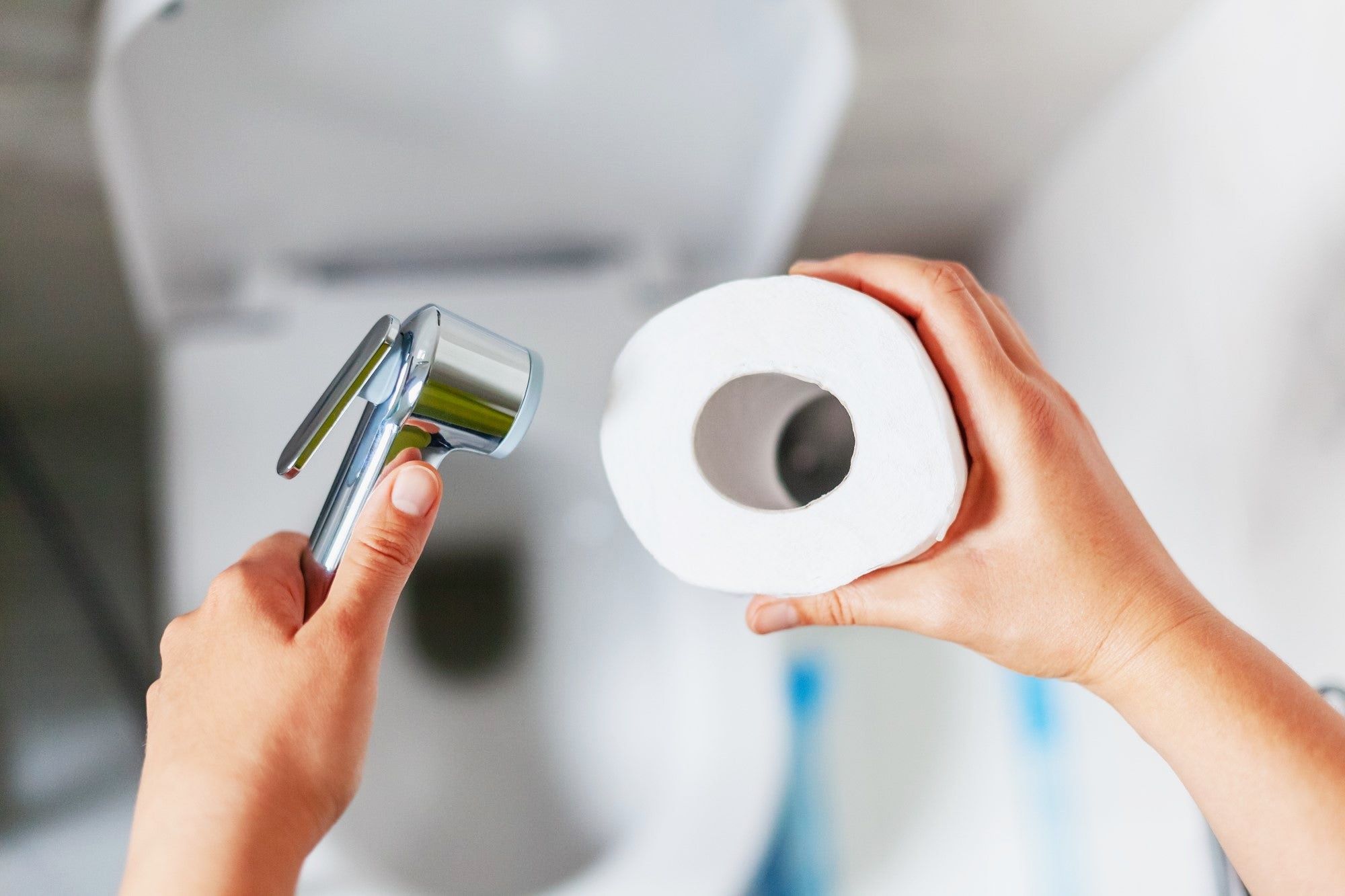
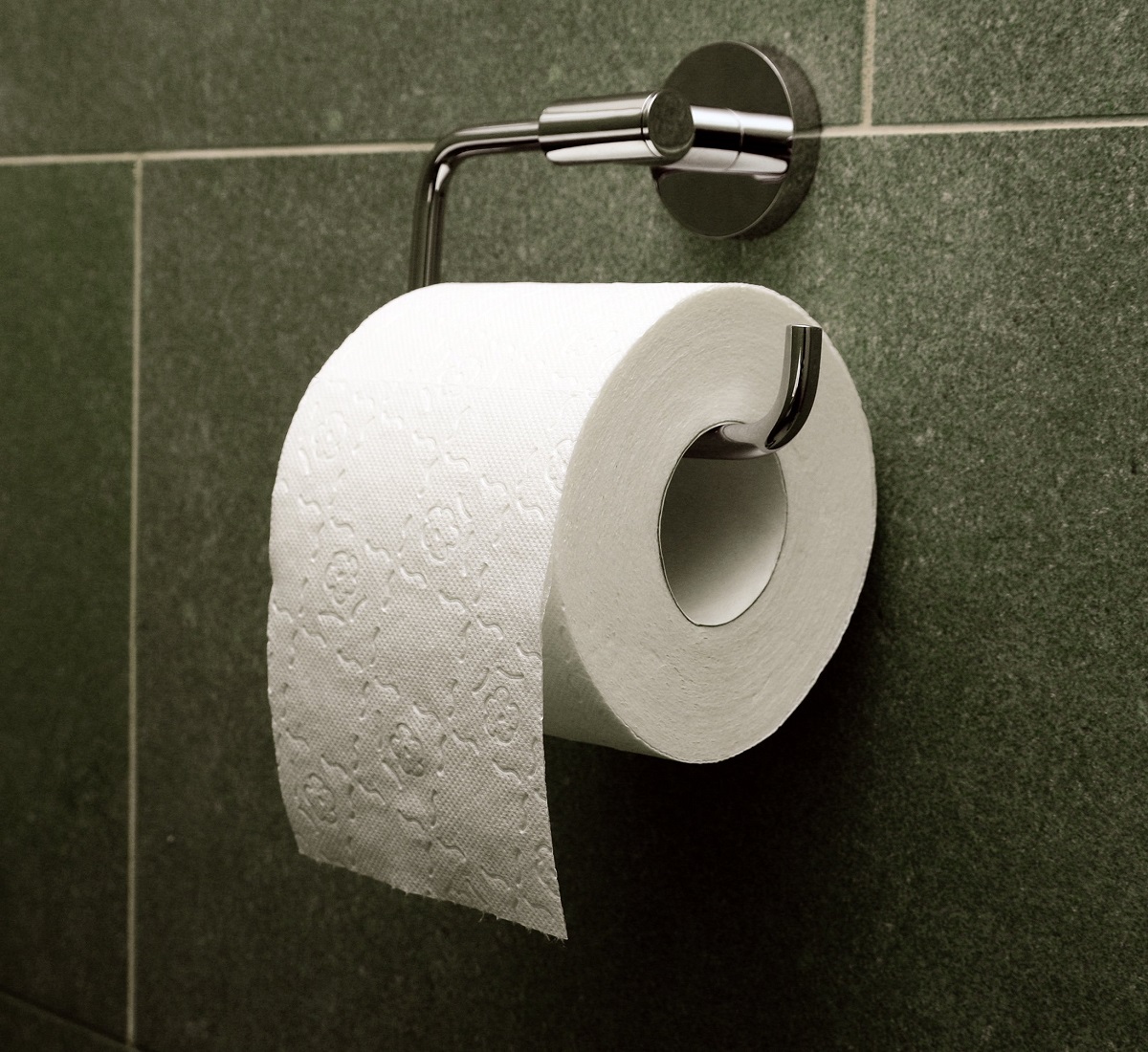
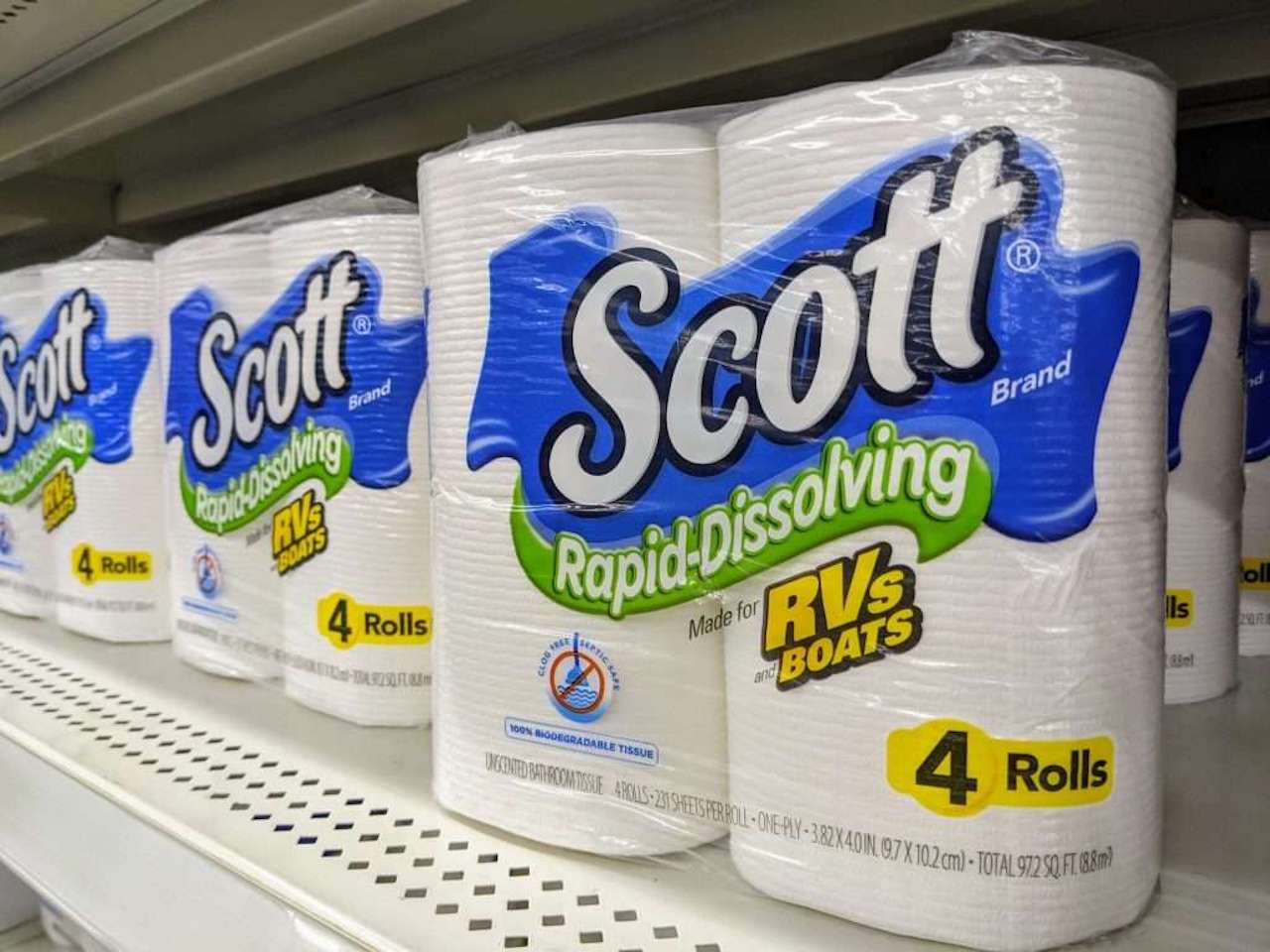
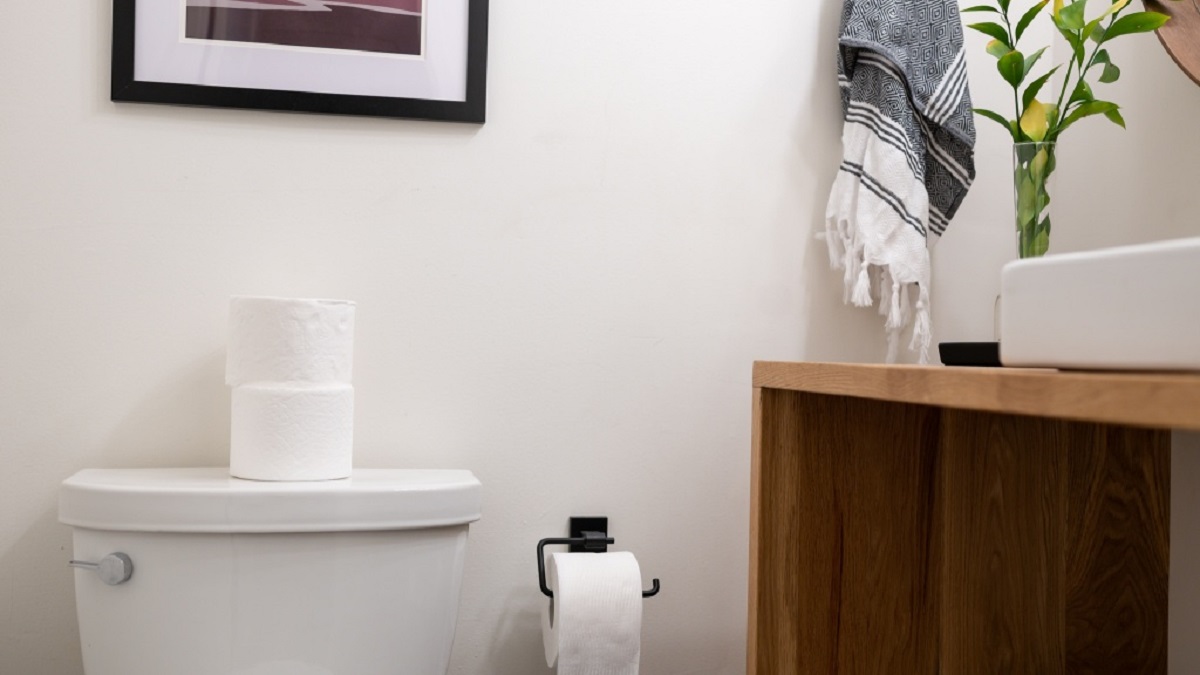
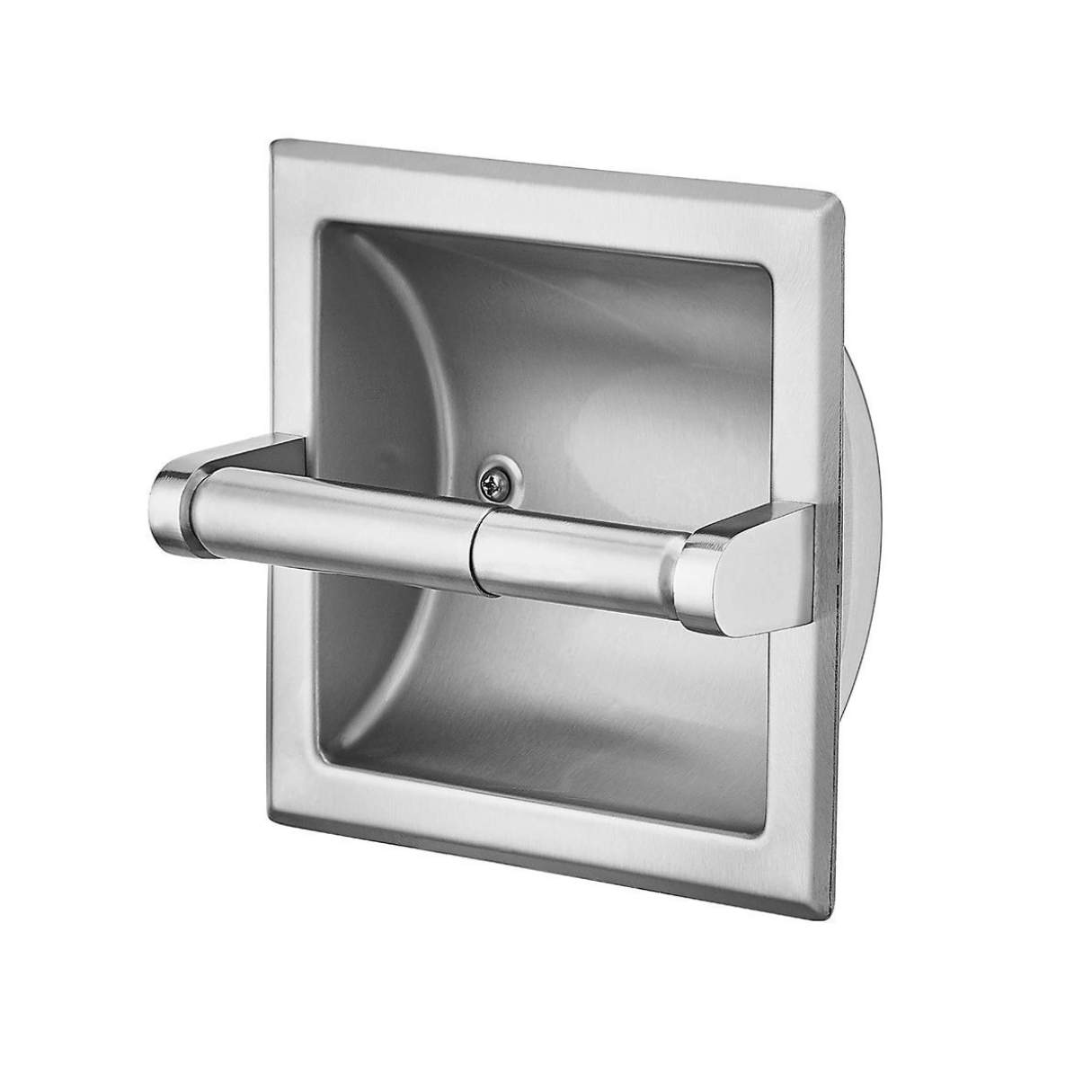
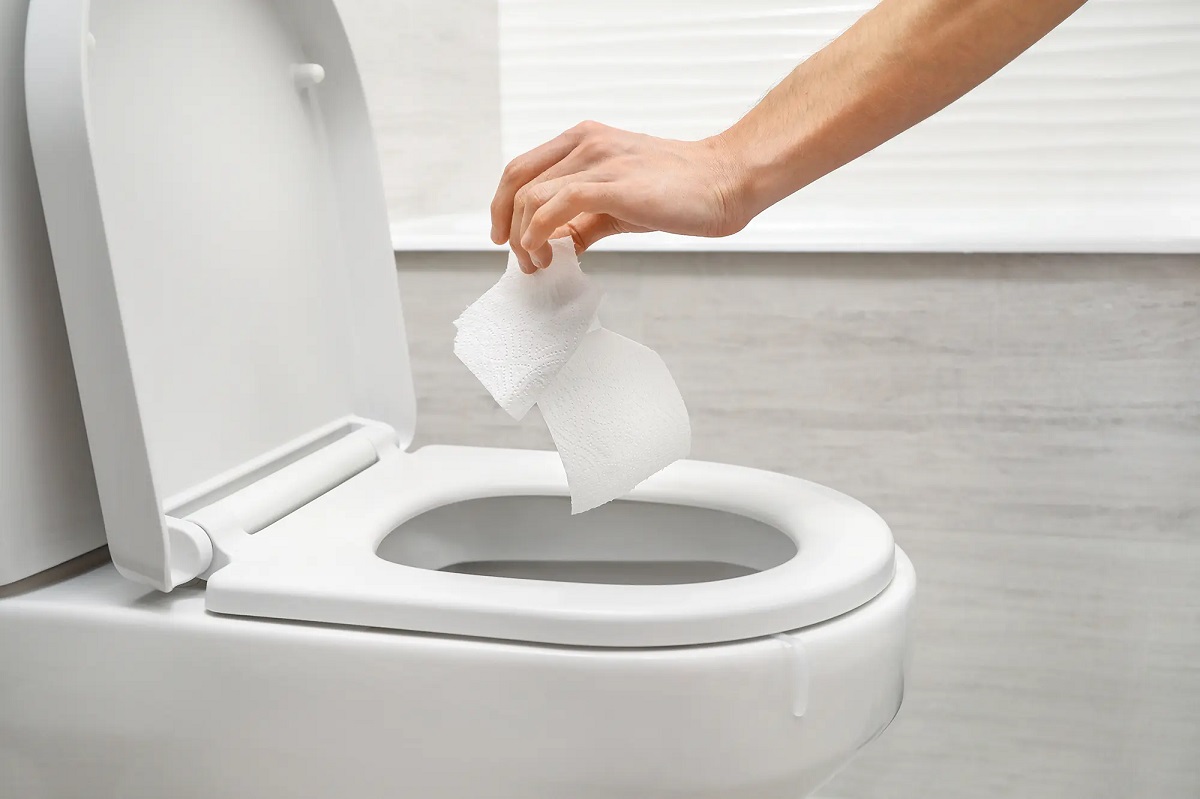
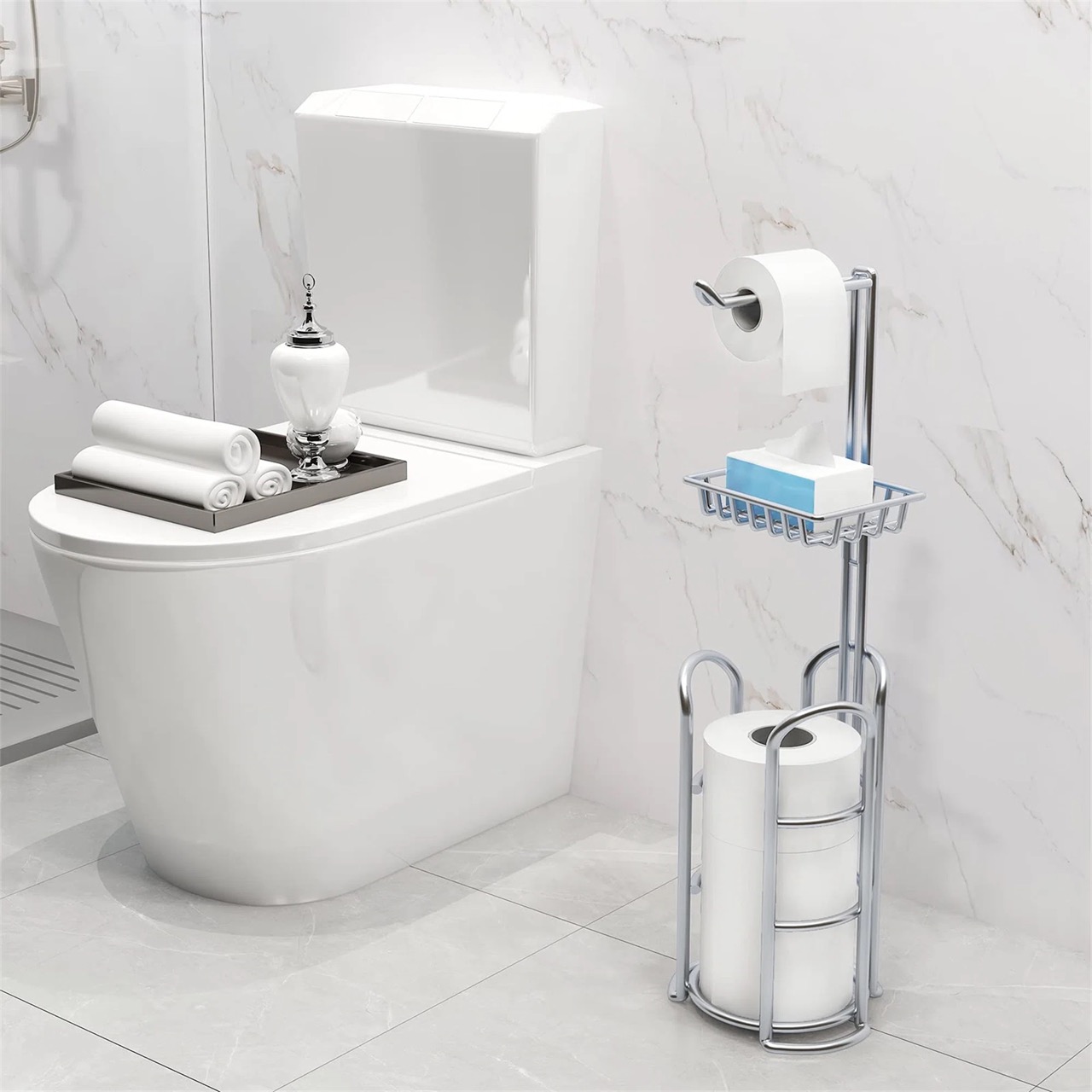
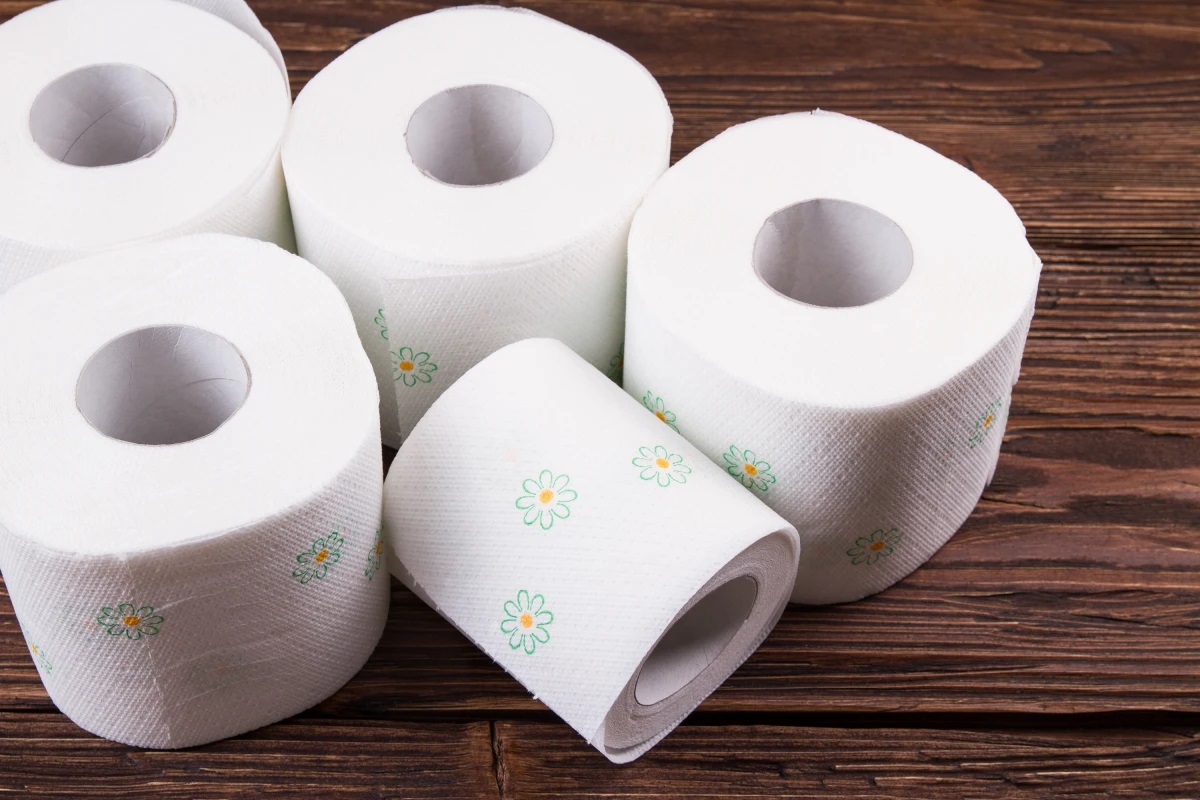

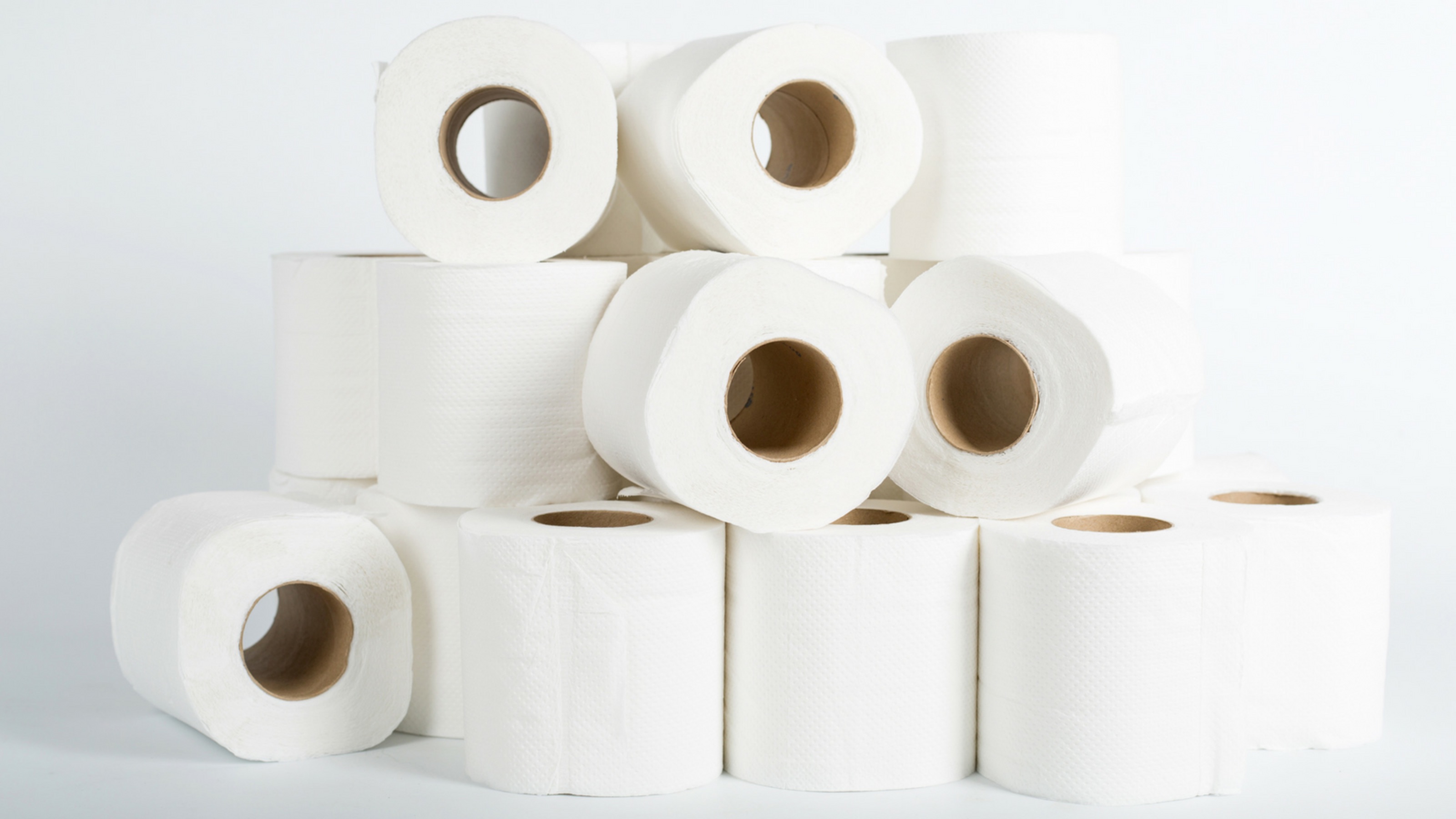
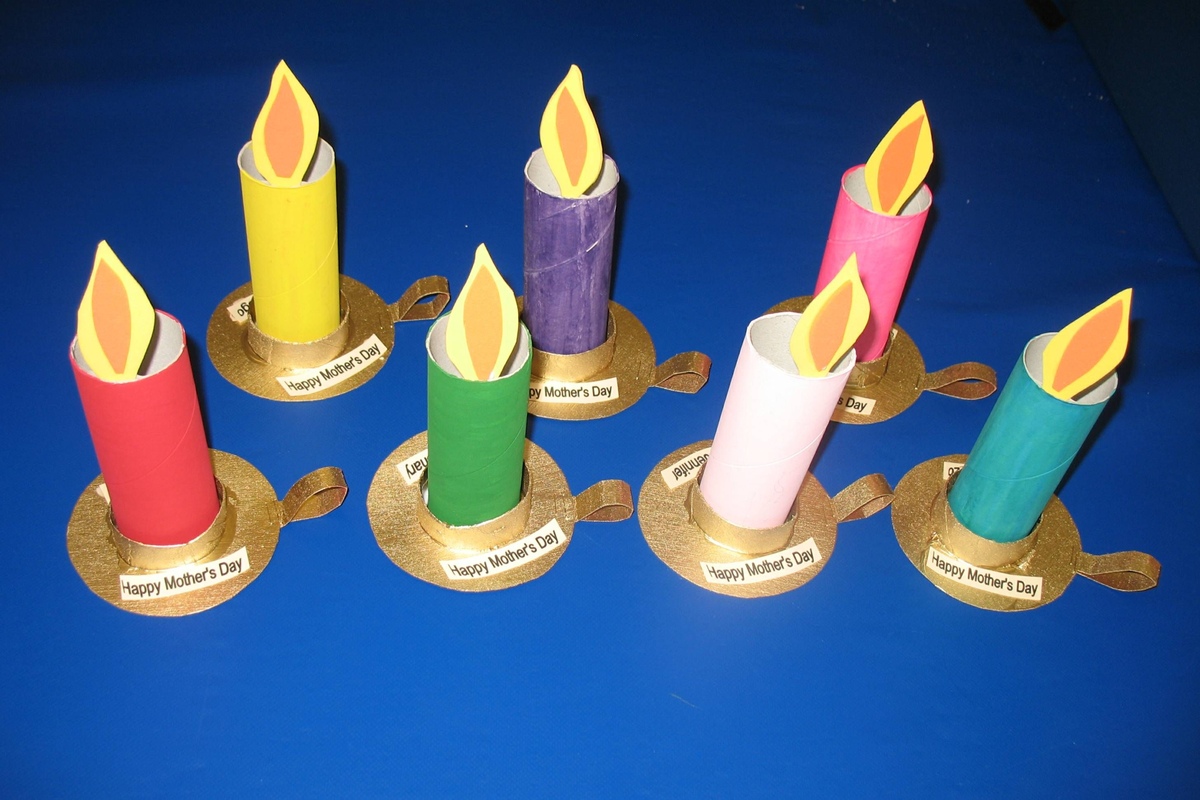

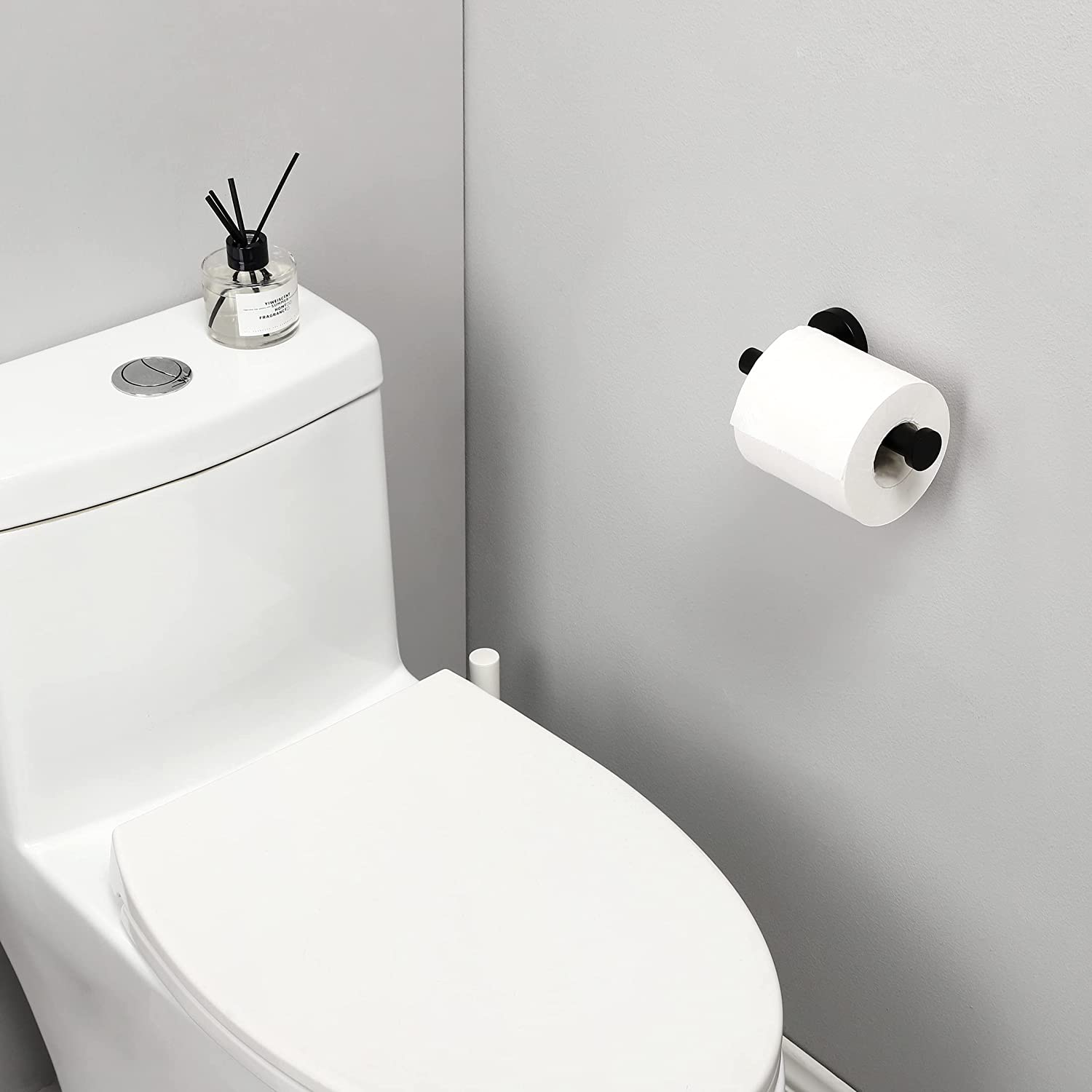

0 thoughts on “What Dissolves Toilet Paper”